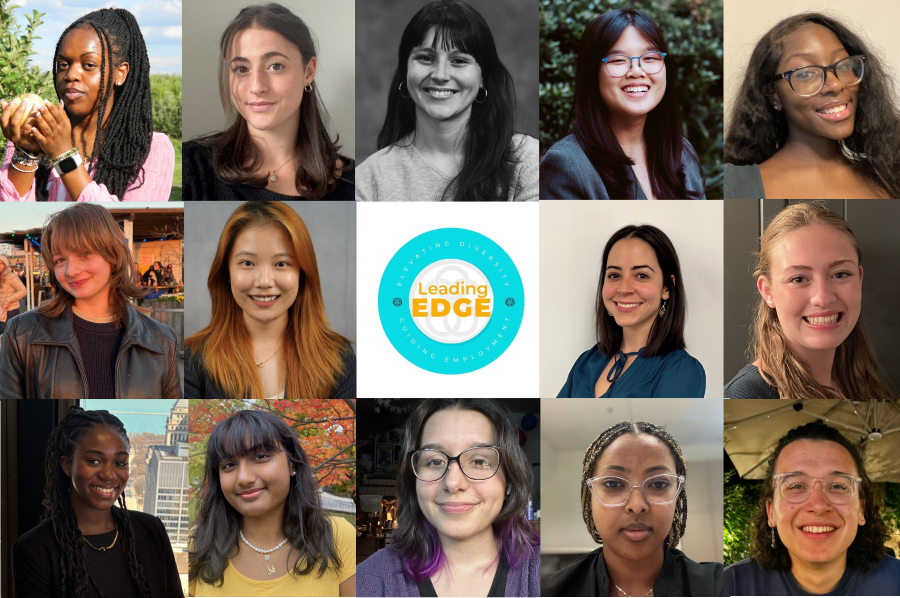Three Things Nonprofit Leaders can learn from Gardening
As someone who works in philanthropy, you likely wear multiple hats, but is one of them a gardening hat? In my 10 years at the American Cancer Society, and now in my role at Pursuant, I’ve found that managing and growing a successful fundraising program is a lot like gardening. Let’s dig a little deeper…
In gardening, there are essential elements needed for a garden to thrive – plants need water, sunlight, and space to grow – just to name a few. Those internal elements are within the gardener’s control and can be adjusted as needed.
A garden also needs protection to thrive. Protection from things like inclement weather, animals, and insects. Those external elements are often out of the gardener’s control.
The best gardeners are those that recognize and embrace both the internal and external elements. Their natural curiosity about what makes a plant thrive inspires them to maintain a constant cycle – observe, learn, implement, monitor and adjust. Over time, they discover the optimal ratios and create a formula that allows their garden to thrive. So, what can skilled fundraisers learn from gardeners to help our fundraising programs thrive? A lot.
Create a “Greenhouse” within Your Program
Many gardeners use a greenhouse. The greenhouse offers a controlled environment that supports the cycle – observe, learn, implement, monitor and adjust – to find the right combination that allows their plants to thrive. Implied, but worth stating directly, a greenhouse environment also makes it safe for a gardener to fail. In a greenhouse environment, you can limit the impact of failure to just a few plants, thereby protecting the larger garden. A greenhouse also allows the gardener to identify the factors that may have caused the plant to die so that it can be prevented in the future.
Organizations often talk about a desire to innovate and test, but neither is possible without a greenhouse environment. Consider starting small – a constituent segment, a fundraising campaign, or an organizational program. Define your baseline and create your controlled environment that makes it safe to learn, to fail, and to try again. Creating a greenhouse environment is one way to help your fundraising program thrive.
Does your organization have a greenhouse – a controlled environment where you can learn, implement, monitor, adjust and fail?
Plant a Garden with Annuals and Perennials
Gardening can be both mentally and physically exhausting. To create balance, gardeners often build their gardens with a variety of plants – namely a blend of Annuals and Perennials. Annuals have a life cycle that lasts only one year. They grow from a seed, bloom, produce seeds, and die in one growing season, and then need to be replanted the following year. Perennials live for more than two years. They return year after year and continue growing until they reach maturity and do not require replanting year after year.
As an industry, we tend to focus on immediate, short-term results. Metrics like Return on Investment (ROI) and Cost Per Dollar Raised (CPDR) are a driving force behind our fundraising strategies – strategies that inadvertently fill our gardens with Annuals.
Conversely, longer-term, or lifecycle metrics like Lifetime Value (LTV) or Donor Coverage Ratio rarely receive the same emphasis. As a result, fundraising strategies that foster stability and longevity – those that diversify our gardens with Perennials – are oftentimes underfunded or altogether omitted.
A blend of strategies is essential for organizations to maintain, and potentially exceed prior year results. So again, consider starting small – are there constituent segments, fundraising campaigns, or organizational programs that deliver predictable results you can depend on for two years or more without having to start from the beginning each year? Embracing metrics that support both short- and long-term strategies is another way to help your fundraising program thrive.
Does your organization have a garden of Annuals or Perennials?
Your Ideal Garden
There is no one type of garden. From greenhouse vegetable gardens to fields of wildflowers – the combinations are limitless. Similarly, there is no one type of gardener. From the daily investment of pulling weeds to the harvesting of vegetables – different types of gardens require different levels of effort. It’s not about better or worse, but instead about clarity on your ideal garden. So how do you find and nurture your ideal garden?
One of my favorite conversions to have with non-profit leaders is related to the word peer. I often ask which organizations they see as their current peers and which they see as aspirational peers. More often than not, leaders focus on two attributes – mission and revenue – citing organizations that are addressing the same need in the world or that are inspiring similar levels of generosity. What I find fascinating, is that leaders rarely know or consider what it takes for those organizations to achieve their outcomes. That’s where clarity on your ideal garden becomes essential.
Imagine I buy a house in Evanston, IL with a gorgeous backyard. I go to the local Barnes and Noble to check out the ‘home & gardening’ magazine section. While flipping through the magazine, I find a photo of a flourishing garden that looks like the one I want. I investigate further and find that the home is located in a neighboring suburb of Northern IL (mission) and that the garden is about the same size as mine (revenue). So, I hire the gardener who was credited in the magazine, show them the picture, and get excited for the garden of my dreams (peer).
But a funny thing happens. The gardener proceeds to tell me what it took to make this garden thrive. The gardener tells me that it took a meaningful investment to prepare the backyard to plant the garden (budget). It took three seasons to find the right combination of plants for the garden to thrive (time and patience). It took weekly nurturing from the gardener and twice-weekly maintenance from the owner to keep it maintained (consistency). While there were, of course, learnings from the creation of that beautiful garden that could be applied to mine, the gardener noted that there were also factors unique to my home that we’d have to acknowledge (culture, leadership, board members, staff, constituent expectations, systems, etc.). In the end, it turned out that what looked to be the same (peer) was actually quite different – and I was forced to acknowledge that I did not have what was needed to get my ideal garden. Understanding what goes into creating and maintaining a specific garden is another way to help your fundraising program thrive.
Does your organization know, and have, what it takes to create your ideal garden?
A New Season is Upon Us
Whether you find the gardening analogy trite or compelling, I think we can all agree that fundraising in today’s environment is complicated – and specifically, a new season seems to be upon us. While I don’t pretend to have the silver bullet solution, I can share that the best fundraisers I know embrace the complication with obsessive curiosity and humble collaboration, and their outcomes are truly changing the world. I’m honored to partner and do the work alongside them and eager to see what impact you’ll choose to make.



